 1982 Seat Ronda (022A) Dimensions, Size & Specs
1982 Seat Ronda (022A) Dimensions, Size & SpecsMeasurements of the 1982 Seat Ronda, engineered for optimal performance and comfort
| Dimensions | |
|---|---|
| Length: | 4011 mm157.9 in13.2 ft |
| Width: | 1650 mm65.0 in5.4 ft |
| Height: | 1400 mm55.1 in4.6 ft |
| Trunk Capacity: | 370 liter13.1 cu ft |
| Trunk Capacity (Max): | 1250 liter44.1 cu ft |
| Weight Specifications | |
| Curb Weight: | 895-971 kg1973-2141 lbs |
| Maximal permitted Weight: | 1400-1450 kg3086-3197 lbs |
| Tire Specifications | |
| Rims Size: | 14-inch rims:
|
| Tire Size: |
|
The Seat Ronda (022A), produced from 1982 to 1986, is a compact hatchback offering practical dimensions and versatile usability. Measuring 4011 mm (157.8 inches) in length, 1650 mm (65.0 inches) in width, and 1400 mm (55.1 inches) in height, this model strikes a balance between urban maneuverability and interior comfort. Its curb weight ranges from 895 to 971 kg (1974 to 2142 lbs), depending on the specific variant, while the maximum permissible weight lies between 1400 and 1450 kg (3086 to 3197 lbs), reflecting a robust structure for its class. The Ronda's luggage capacity stands out with 370 liters (13.1 cubic feet) of space behind the rear seats, expanding significantly to 1250 liters (44.1 cubic feet) when the rear seats are folded down, making it versatile for larger cargo needs. Equipped with 5.5J x 14 inch rims and fitted with 165/65 R14 tires, the Seat Ronda offers balanced handling and ride comfort, typical of early 1980s hatchbacks. This generation of the Ronda remains a noteworthy example of compact hatchback design, combining efficient space utilization with a lightweight build suitable for everyday driving.
Discover the standout features that make the 1982 Seat Ronda a leader in its class
Have a question? Please check our knowledgebase first.
The Seat Ronda (022A), produced between 1982 and 1986, is a compact hatchback with practical dimensions suited for urban driving. It measures 4011 mm (157.8 inches) in length, 1650 mm (65.0 inches) in width, and 1400 mm (55.1 inches) in height. These proportions give it a balanced and compact footprint, making it easy to maneuver in tight spaces while providing adequate interior room.
The curb weight of the Seat Ronda (022A) ranges from 895 kg to 971 kg (1974 to 2141 lbs), depending on the specific model and equipment. A relatively light weight for a hatchback of its era, this contributes to agile handling, responsive performance, and more efficient fuel consumption compared to heavier vehicles. This lightness helps drivers enjoy better acceleration and easier parking, while also aiding overall vehicle economy.
The maximum permissible weight of the Seat Ronda (022A) ranges from 1400 kg to 1450 kg (3086 to 3197 lbs). This figure accounts for the combined weight of the vehicle, passengers, cargo, and any additional equipment. Staying within this limit is essential for maintaining safe driving dynamics, braking efficiency, and structural integrity. Overloading can lead to compromised vehicle control and premature wear of components.
The Seat Ronda provides practical luggage space, offering 370 liters (13.06 cubic feet) of cargo capacity with the rear seats in the upright position. When the rear seats are folded down, the capacity substantially increases to 1250 liters (44.15 cubic feet). This flexibility allows owners to carry a variety of items, from everyday groceries to larger cargo, making the Ronda versatile for both daily commuting and weekend trips.
Yes, the Seat Ronda (022A) fits comfortably into a standard garage. With a length of 4011 mm (157.8 inches), width of 1650 mm (65.0 inches), and height of 1400 mm (55.1 inches), the car's dimensions are well within typical residential garage specifications, which usually measure about 6 meters (19.7 feet) in length and 3 meters (9.8 feet) in width. This ensures easy parking and ample space around the vehicle for opening doors and storage, ideal for daily home use.
The Seat Ronda is equipped with 14-inch rims sized 5.5J x 14, paired with tires measuring 165/65 R14. These mid-sized tires offer a good balance between ride comfort and handling precision. The 165 mm width provides adequate grip on road surfaces commonly found in urban and suburban settings, while the 65% aspect ratio contributes to shock absorption from bumps without sacrificing steering responsiveness.
The Seat Ronda is closely related to the Seat Ritmo but features subtle dimensional differences. While both cars share a similar compact hatchback philosophy, the Ronda has a length of 4011 mm (157.8 inches) compared to the Ritmo's approximately 3996 mm (157.3 inches). The Ronda’s width of 1650 mm (65.0 inches) is nearly identical to the Ritmo, preserving a compact footprint. These refinements aimed to enhance passenger comfort and interior space efficiency without dramatically changing the exterior size.
The Seat Ronda fits within the typical size range for early 1980s compact hatchbacks. Its 4011 mm length (157.8 inches) and 1650 mm width (65.0 inches) are comparable to models like the Volkswagen Golf Mk1 and Peugeot 205, both well-known competitors. The Ronda's luggage capacity of 370 liters (rear seats up) and 1250 liters (seats folded) is competitive, offering good versatility. Its relatively light curb weight of less than 1000 kg also provided sportier handling than some heavier rivals, making it a well-rounded choice in its segment.
The Seat Ronda was designed as a practical and modern compact hatchback during the early 1980s. It features a three or five-door hatchback body style with clean lines and a straightforward design focused on functional urban mobility. The Ronda's lightweight construction, efficient use of interior space, and moderate dimensions made it a practical choice. It inherited platform elements from the Fiat Ritmo but carried distinct styling and tuning tailored for the Spanish market.
Given that the Seat Ronda was produced from 1982 to 1986, prospective owners should be aware that maintenance and procuring spare parts may require some effort. Many components share compatibility with Fiat Ritmo parts, thanks to their shared platform, which helps with availability. Enthusiast communities and classic car specialists can provide additional support for keeping the Ronda in good running condition. Regular maintenance of engine, suspension, and electrical systems is essential to preserving reliability in this vintage hatchback.
Discover similar sized cars.
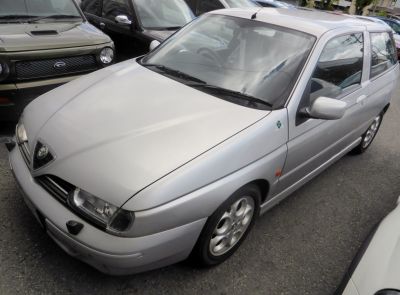
| Production: | 1999-2000 |
|---|---|
| Model Year: | 1999 |
| Length: | 4061 mm159.9 in |
| Width: | 1712 mm67.4 in |
| Height: | 1431 mm56.3 in |
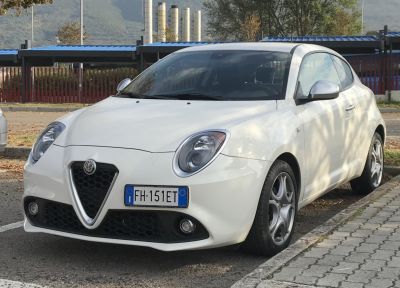
| Production: | 2016-2018 |
|---|---|
| Model Year: | 2016 |
| Length: | 4063 mm160.0 in |
| Width: | 1720 mm67.7 in |
| Height: | 1446 mm56.9 in |
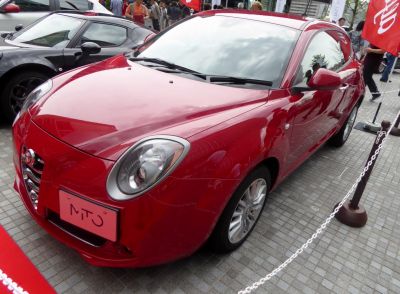
| Production: | 2013-2016 |
|---|---|
| Model Year: | 2013 |
| Length: | 4063 mm160.0 in |
| Width: | 1720 mm67.7 in |
| Height: | 1446 mm56.9 in |

| Production: | 2008-2013 |
|---|---|
| Model Year: | 2008 |
| Length: | 4063 mm160.0 in |
| Width: | 1720 mm67.7 in |
| Height: | 1440-1446 mm56.7-56.9 in |
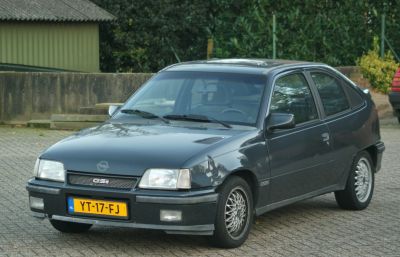
| Production: | 1984-1991 |
|---|---|
| Model Year: | 1984 |
| Length: | 3998 mm157.4 in |
| Width: | 1663-1669 mm65.5-65.7 in |
| Height: | 1400 mm55.1 in |
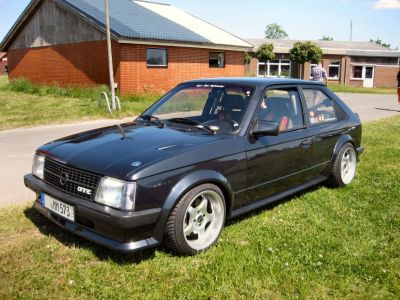
| Model Year: | 1979 |
|---|---|
| Length: | 3998 mm157.4 in |
| Width: | 1636 mm64.4 in |
| Height: | 1380 mm54.3 in |

| Production: | 2015-2017 |
|---|---|
| Model Year: | 2015 |
| Length: | 4050 mm159.4 in |
| Width: | 1985 mm78.1 in |
| Height: | 1455 mm57.3 in |

| Production: | 2015-2017 |
|---|---|
| Model Year: | 2015 |
| Length: | 4050 mm159.4 in |
| Width: | 1985 mm78.1 in |
| Height: | 1455 mm57.3 in |
